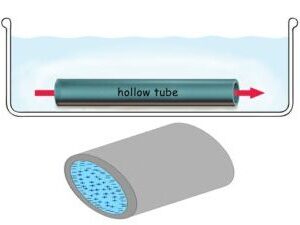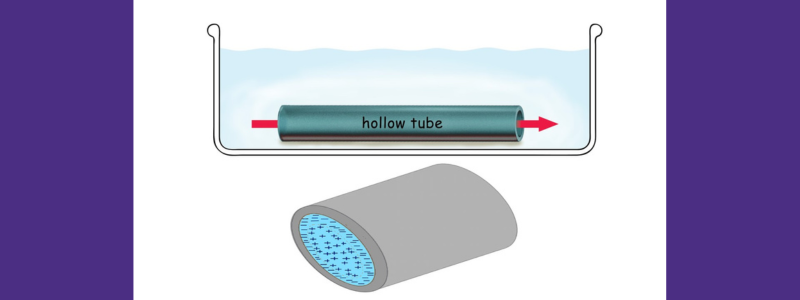Is blood driven by the heart alone? UW Bioengineering Research Scientist Zheng Li and Professor Gerald Pollack have found that it is not. Their paper, On the Driver of the Circulation Beyond the Heart, published in PLOS ONE describes experiments that show that it is not only the heart that drives circulation, but also the blood vessels.
Researchers believed that when the heart is stopped, the blood circulation is also expected to stop; but it does not. Li and Pollack found the flow continues. Its velocity is lower, but the blood continues to flow, even though the heart has stopped beating.
Similar results had been observed in half a dozen laboratories over the past century, but their conclusions had been ignored. If flow persists when the heart has stopped, then something beyond the heart must be responsible for driving that flow.
What is astonishing is that the circulation has two independent drivers whereas it had been universally believed that there was only one.
A clue for the second driver came from an earlier finding from the Pollack lab. When narrow, hydrophilic (water-loving) tubes with horizontal orientation were immersed in water, the water flowed spontaneously through the tube, as through a straw, even though there was no driving pressure. The flow persisted essentially indefinitely. The flow-driving mechanism turned out to center on the water lying within the tube.

Diagram of surface-induced flow. In a piece of tube, surface activities can drive a tubular flow without a pressure gradient.
The Pollack lab found that when liquid water abuts a hydrophilic surface, constituent water molecules split. The negatively charged components form an annular shell within the tube, (see figure to the right). The positively charged protons lie in the tube’s core. Those protons (latched onto water molecules to form hydronium ions) freely float in the liquid water and repel one another. Growing repulsion eventually forces the protons to exit the tube at one end or the other. As the protonated water exits, fresh water enters from the opposite end of the tube, perpetuating the flow.
Achieving such flow requires energy. The source, according to Li and Pollack in Science Advances, turned out to be infrared energy, which freely exists in the environment. They surmised the same type of flow-driving mechanism might exist in the cardiovascular system. After all, blood contains water and the interior vessel surfaces are hydrophilic.

The vascular system of a 3-day old chick embryo
In their newly published experimental results, obtained with the vascular system of chick embryos, Li and Pollack could confirm the mechanism’s signature feature – infrared energy – was the driver. Hence, the seemingly mysterious “extra” driver of blood flow appears to be the same as the straw-like mechanism seen earlier in their laboratory based on water.
For quite some time, it has been thought that water is merely the background carrier of the more important molecules of life. But water turns out to be much more consequential as explained in Pollack’s book, The Fourth Phase of Water (Ebner and Sons, 2013). Our cells are filled with so-called “fourth phase” water, not liquid water. It’s easy to demonstrate that by examining a cut in the skin. If cells contained liquid water, the water would pour out of the cut as from a breached water pipe. But it does not. Water in the cell is gel-like — a distinct characteristic of fourth phase water or exclusion-zone water, aka EZ water, which sticks to the solids inside the cell.
The driving of blood flow is only one manifestation of water’s fourth phase. Scientists are beginning to recognize the vast potential of that phase for revealing many of nature’s hidden secrets. Much more is yet to come.



